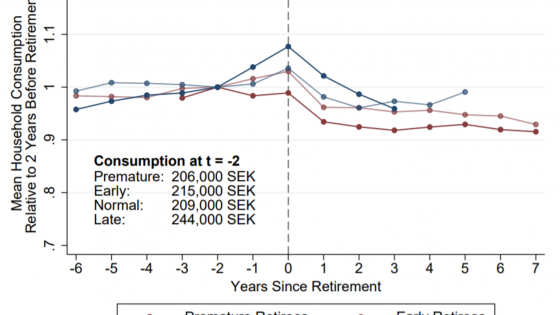DP1911 Labour Force transitions of Older Married Couples in Germany
This study investigates the labour force behaviour of older married couples in Germany. Monthly observations from the first 11 waves of the German Socio-Economic Panel (GSOEP) are used to describe and analyse the relationship between the labour force behaviour of husbands and wives. The empirical model is a discrete time, competing risks hazard model of transitions among labour force states defined by the employment status of both spouses. The analysis indicates that the probability of one spouse exiting employment is much larger if the other spouse is not employed than if the other spouse is employed. Similarly, one member of a couple is much more likely to enter employment if the spouse is employed than if the spouse is not employed. Observed covariates, including wages and retirement benefits, help to explain these patterns, but unobserved preferences for shared leisure also appear to

